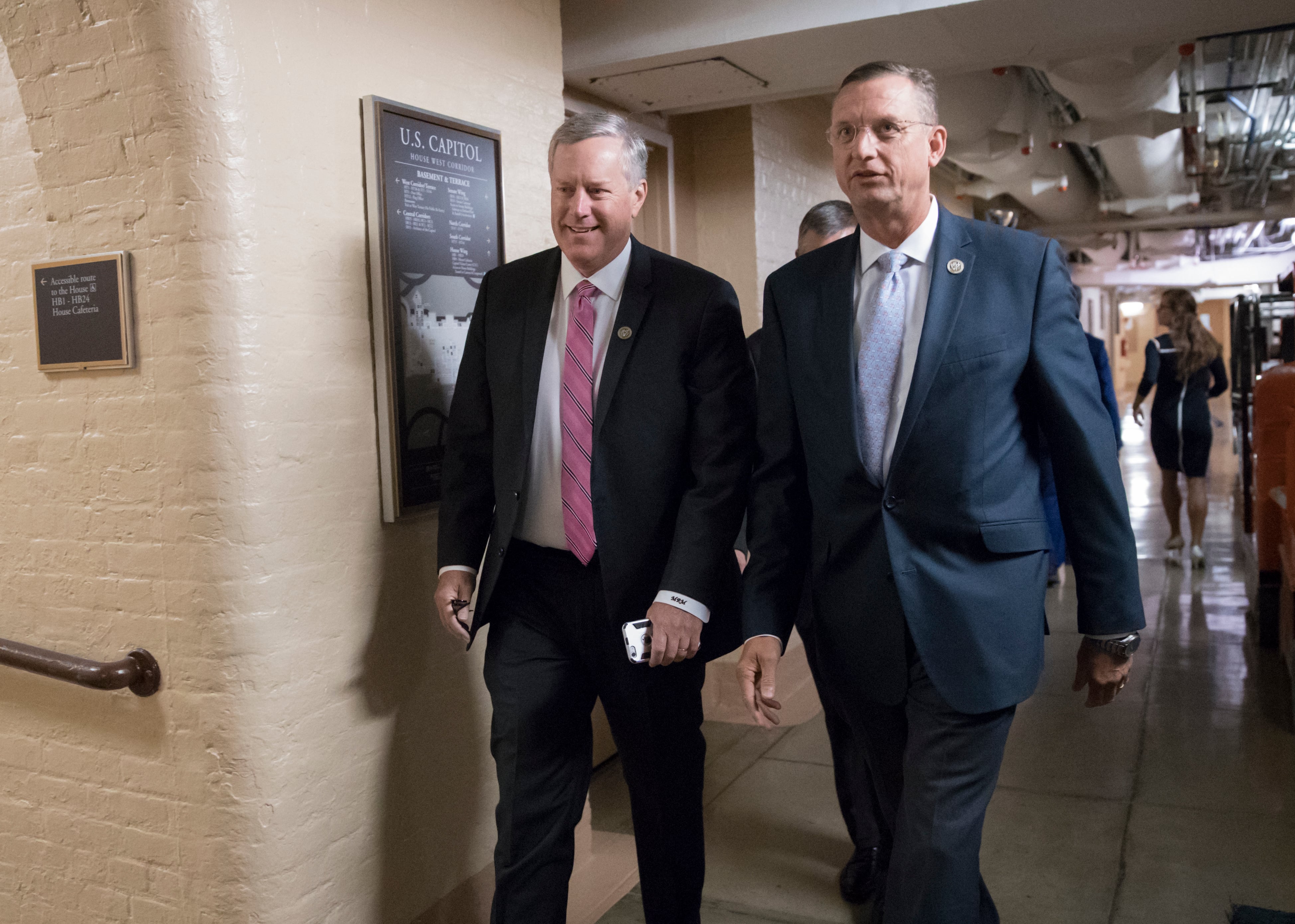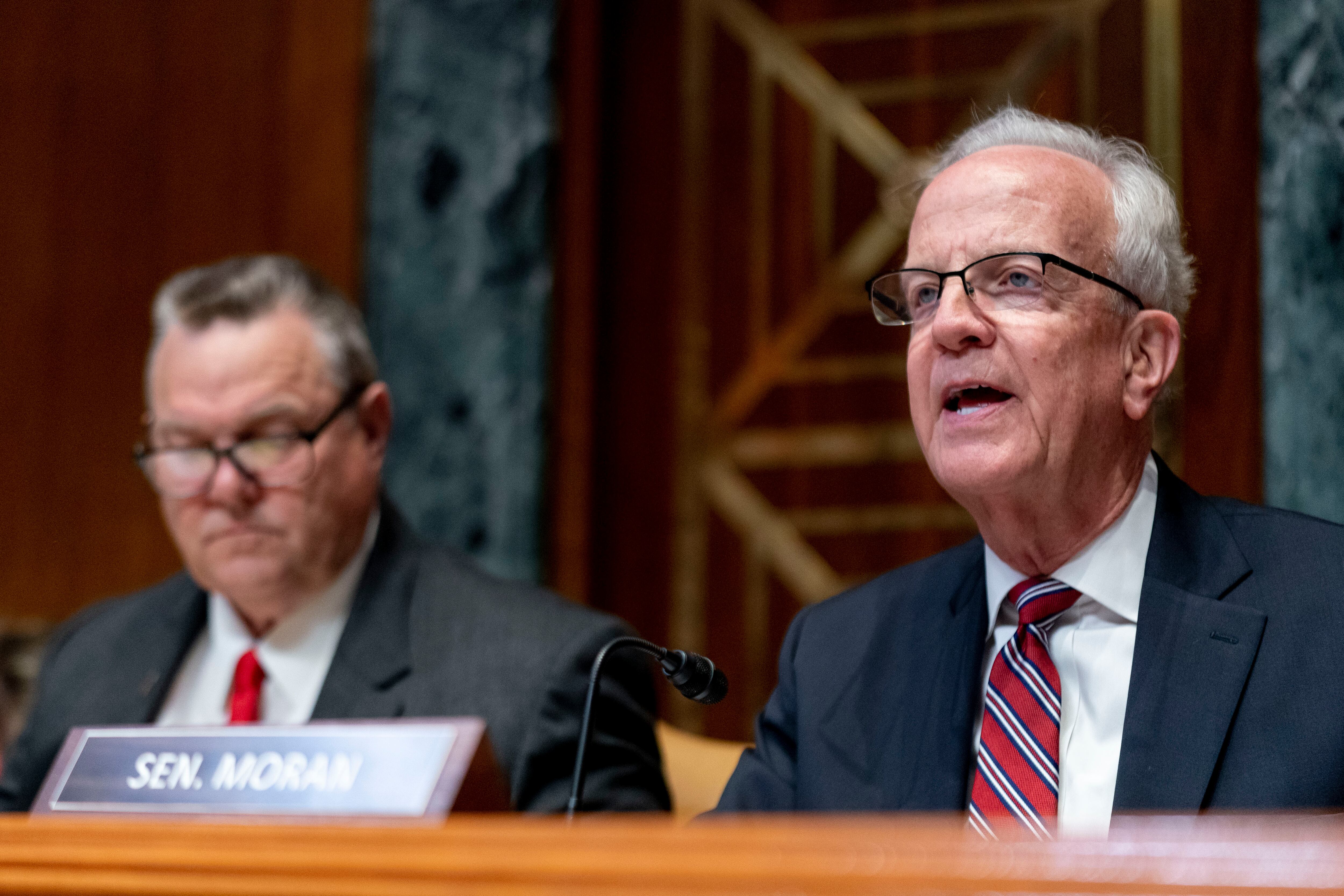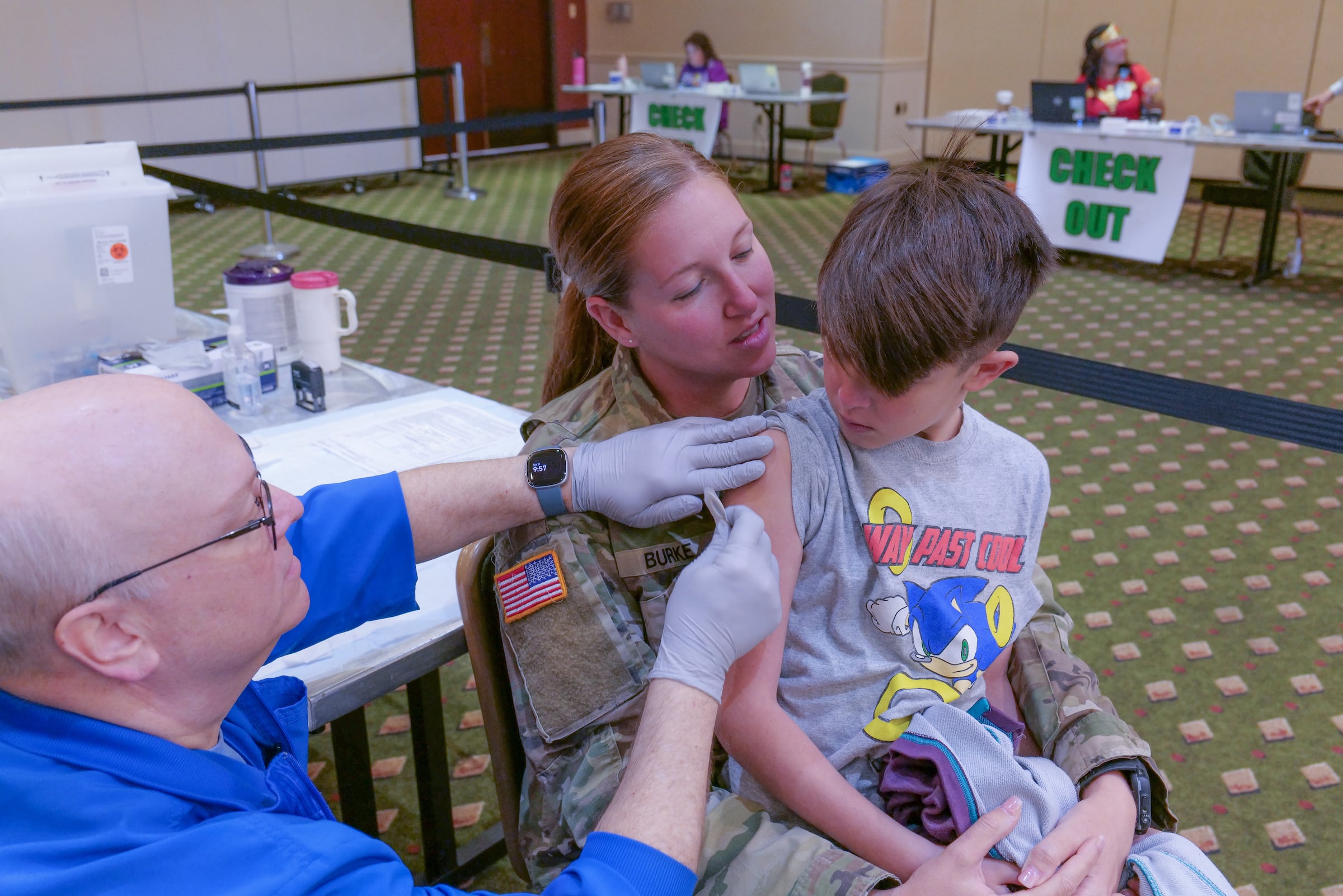MINOT AIR FORCE BASE, N.D. — When the Trump administration’s budget request rolled out Feb. 10, eyebrows shot up within the nuclear community at the mention of a previously unknown warhead, listed in documents as the W93.
Now the Pentagon is revealing details about the weapon, what it will replace and when it might be deployed.
The labeling of the warhead as the W93 is important. Since the introduction of the W88 in the 1980s, all upgrades to warheads have been described as variants — for instance, the collapsing of several versions of the B61 gravity bomb into the B61-12. According to a senior defense official, the reason for the new designation comes from the reality that the warhead is largely a new design.
“The W93 doesn’t [currently] exist. And so this is not a simple life extension,” said the official, who spoke to Defense News on condition of anonymity while traveling to Minot Air Force Base last week.
Right now, there are two submarine-launched nuclear warheads in the arsenal: the W88 and the W76. The latter, which just completed a service life extension program, now comes in two varieties, the traditional W76-1 and a lower-yield W76-2. The W88, meanwhile, is in the early stages of a modernization effort.
RELATED
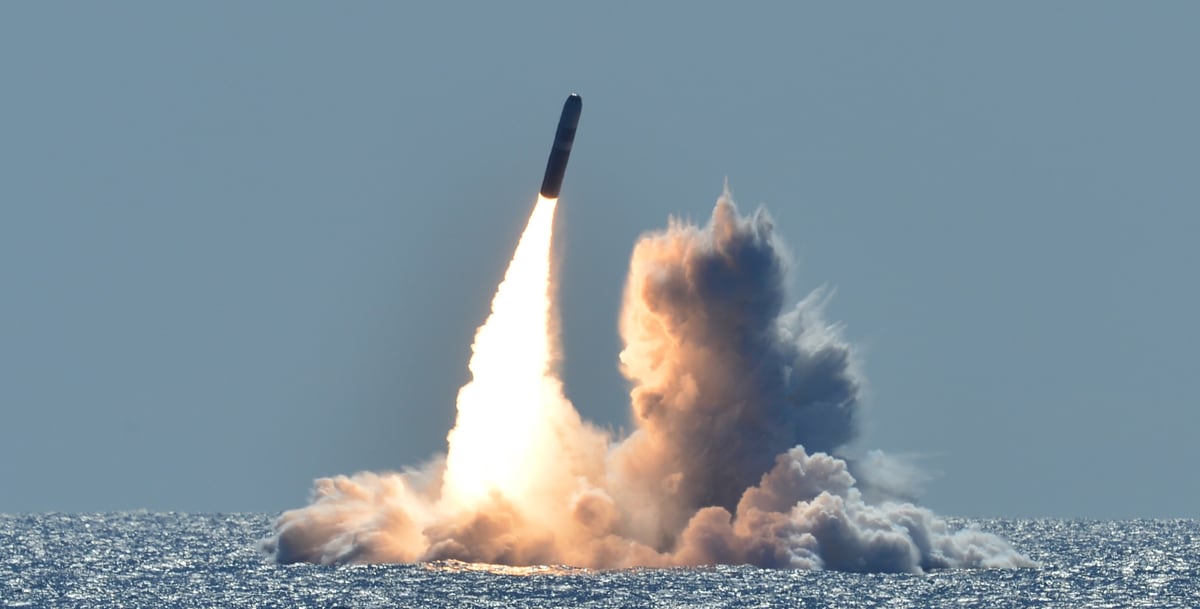
However, each of those two systems will likely require additional modernization in 15-20 years, and their cores are increasingly older, even with efforts led by the National Nuclear Security Administration. Given that, the Pentagon believes now is the time to begin developing a future replacement.
“These things take time. And so now we’re beginning the normal process,” the official said. “We start now in a seven-phase process, from concept design to production and delivery. And we’re starting now.”
The goal for the W93 is to base it “on existing designs,” according to the official. But other than that, all options that will work with the Trident II submarine-launched missile are on the table. The Nuclear Weapons Council, which includes a number of Department of Defense principals, is leading the analysis of what the W93 may look like.
“You might move the secondary to where the primary was, move this around, you’ll have new conventional components, you’re going to make it safer,” the official said. “It's going to be based on currently tested designs and components that are already in the stockpile. But it'll be safer.”
The government’s goal is to have the new design, which in size would be somewhere between the two existing ballistic missile warheads, fielded by 2040.
The idea of a follow-on submarine launched warhead is not entirely new. In FY20 budget documents, the NNSA referred to a “Next Navy Warhead,” but estimated that the weapon would not need funding until 2023. Why the agency moved the timeline forward by two years is unclear, but it comes at a time that the NNSA received a major increase in its budget request, increasing almost 20 percent from FY20 levels.
RELATED
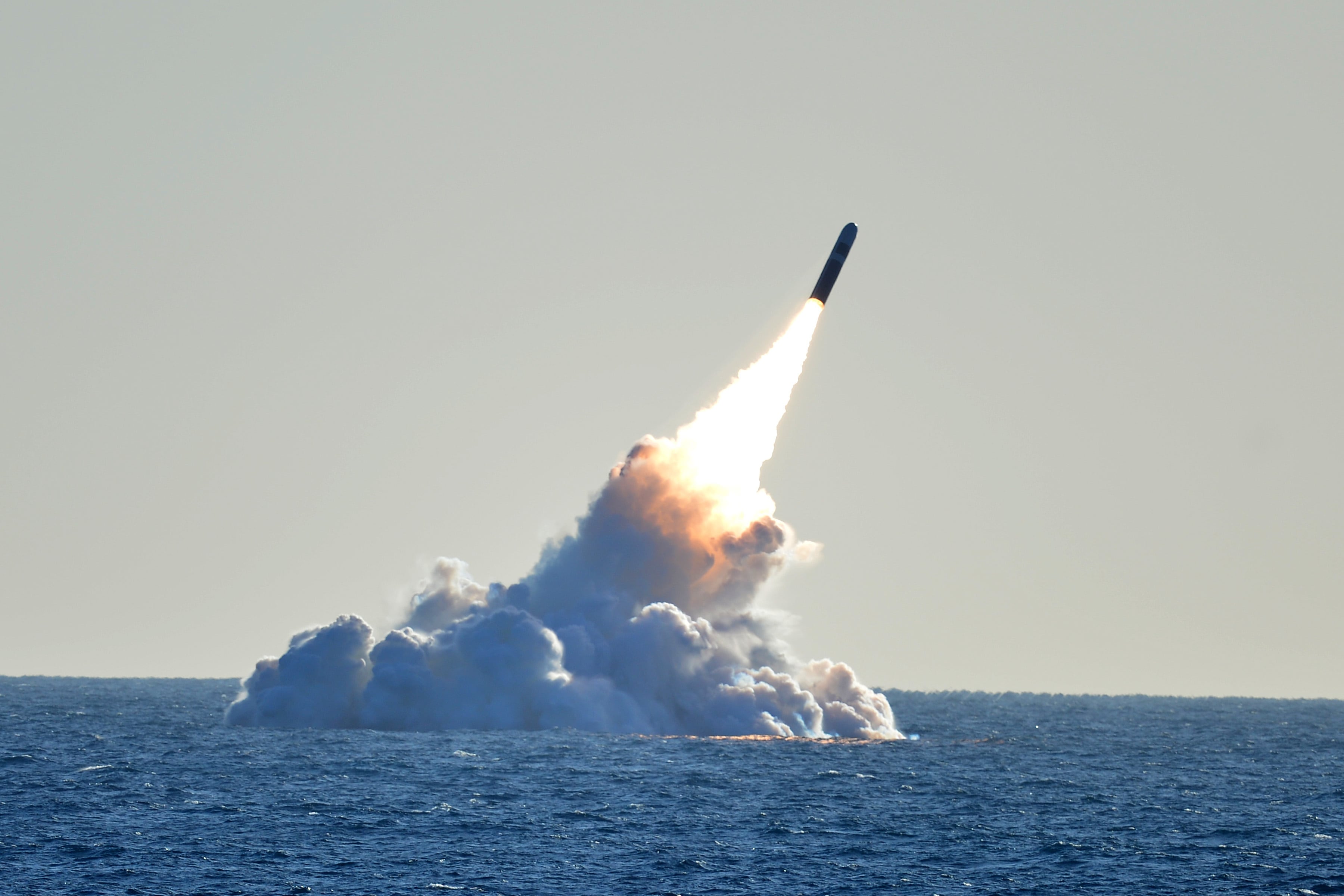
While the NNSA will lead development of the warehead’s internal parts, the official said the Pentagon will be involved “pretty quickly” in order to design the aero shell containing the weapon. To that end, the fiscal 2021 budget request includes $32 million for the DoD to begin working on the aero shell for the system, with $480 million planned over the Future Years Defense Program for the effort.
The Department of Energy has yet to put its detailed budget request online, but the Exchange Monitor reported last week that the NNSA requested $53 million in FY21 for work on the warhead.
The department is trying to be careful in describing the W93 as a new “program of record” as opposed to a new warhead design, despite the work involved. While the official acknowledged that phrasing is unlikely to satisfy those concerned about nuclear expansion, the individual was adamant that the plan currently involves retiring older warheads as the W93 comes online in order to maintain current levels in the stockpile.
“We do not anticipate that fielding the W93 will increase the overall size of the U.S. strategic stockpile. Based on current projections, introduction of the W93 into the stockpile will be offset by corresponding reductions of older weapon quantities,” the official said. “So that’s a big deal.”
That may mean the retirement of either the W76-1 or W88, but could also involve taking reserve warheads and disassembling those; the official said that trade-off is under discussion as the program develops, noting: “We don’t have to decide today whether to retire them or not.”
Additionally, there is no plan to do nuclear explosive testing for the W93.
Kingston Reif of the Arms Control Association questions why the W93 needs to begin now, a year after the W76 refurbishment is completed and two years earlier than had been previously predicted in budget documents. “NNSA already has too much work on its plate to sustain. Accelerating development of yet another excessively ambitious program will only make that problem worse,” he said.
Reif also expressed skepticism about how much can be drawn from existing technologies if developing a new warhead design.
“Claiming that the warhead is based on existing designs doesn’t provide much comfort given the significant changes being contemplated," Reif said. "While I take the administration at its word that it has no plans to conduct a nuclear explosive test of the warhead, the scope of the changes under consideration could raise concerns about the reliability of the warhead and increase pressure to test down the road.”
The official said the NNSA and DoD expect pushback, particularity given the fact the W93 is the first “new” warhead design in decades. So the near-term focus of the department is going to be convincing pro-defense Democrats and dollar-focused appropriators that now is the time to begin the project.
“We’ll have that debate," the official said. “But it’s a very long process, and we want to get it started now.”
Aaron Mehta was deputy editor and senior Pentagon correspondent for Defense News, covering policy, strategy and acquisition at the highest levels of the Defense Department and its international partners.


